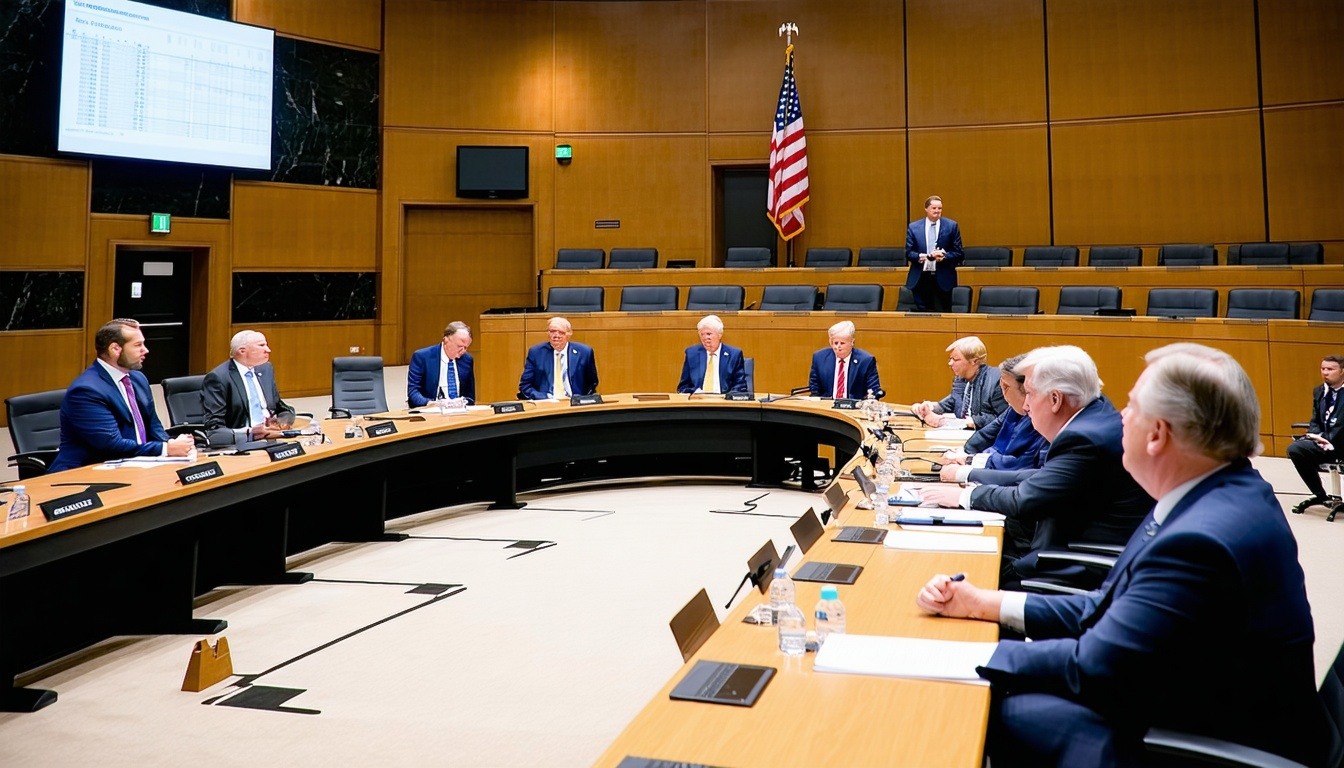Unlock the secrets behind credit union interest rates and make informed financial decisions with...
Federal Interest Rate Decision: March 2025 Insights

As the Federal Reserve unveils its interest rate decision for March 2025, the financial services industry braces for impact amid growing tensions between the Department of Treasury and the Oval Office.
Current Economic Landscape and Key Drivers
The economic landscape in the United States as of March 2025 is marked by a complex interplay of factors. On the one hand, inflation remains a significant concern, fueled by ongoing supply chain disruptions and higher energy costs. The labor market, however, shows signs of resilience with unemployment rates hovering around historical lows, although wage growth has been uneven across different sectors.
Consumer spending continues to be a driving force, albeit with some caution as households adjust to higher costs of living. Additionally, global economic uncertainties, including geopolitical tensions and fluctuating commodity prices, add layers of complexity to the Federal Reserve's decision-making process.
The Fed's Decision: Analyzing the March 2025 Rate Announcement
In its March 2025 meeting, the Federal Reserve decided to raise interest rates by 25 basis points, citing persistent inflationary pressures and a robust labor market as primary reasons. This decision aligns with the Fed's dual mandate to promote maximum employment and stable prices. The rate hike, while anticipated by many analysts, still sent ripples through the financial markets.
The Fed's statement highlighted its commitment to monitoring economic indicators closely and adjusting its policy stance as necessary to achieve its long-term goals. This move is seen as a cautious step to prevent the economy from overheating while ensuring that growth remains on a sustainable path.
Treasury vs. Oval Office: The Political Drama Behind the Scenes
Behind the scenes, a notable tension has been brewing between the Department of Treasury and the Oval Office. The Treasury, under Secretary Alex Martinez, has been advocating for a more aggressive stance on interest rates to curb inflation swiftly. In contrast, the Oval Office, concerned about the potential impact on economic growth and consumer sentiment, has pushed for a more measured approach.
This discord has manifested in public statements and policy proposals, with both sides presenting compelling arguments. The Treasury emphasizes the long-term benefits of controlling inflation, while the Oval Office underscores the risks of stifling economic momentum. This political drama adds another layer of uncertainty for financial markets and policymakers alike.
Implications for the Financial Services Industry
The interest rate hike will have wide-ranging implications for the financial services industry. Banks and lending institutions may see an increase in borrowing costs, which could affect consumer and business loans. Investment firms might need to reassess their strategies as higher rates could impact bond yields and stock market valuations.
Moreover, credit unions and mortgage lenders will need to navigate the changing landscape carefully, balancing the need to remain competitive with the necessity of managing risks associated with higher interest rates. Overall, the industry will be closely monitoring the Fed's future actions and adjusting their operations accordingly.
What to Expect Moving Forward: Expert Predictions and Strategies
Looking ahead, experts predict a period of cautious optimism. Many analysts believe the Fed will continue to raise rates gradually throughout the year, provided economic conditions remain stable. Financial institutions are advised to adopt a flexible approach, preparing for various scenarios that could unfold.
Strategies such as diversifying portfolios, enhancing risk management practices, and staying informed about regulatory changes will be crucial. Businesses and consumers alike should seek guidance from financial advisors to navigate this evolving environment effectively. By staying proactive and adaptable, stakeholders can better position themselves to thrive amid these changes.



